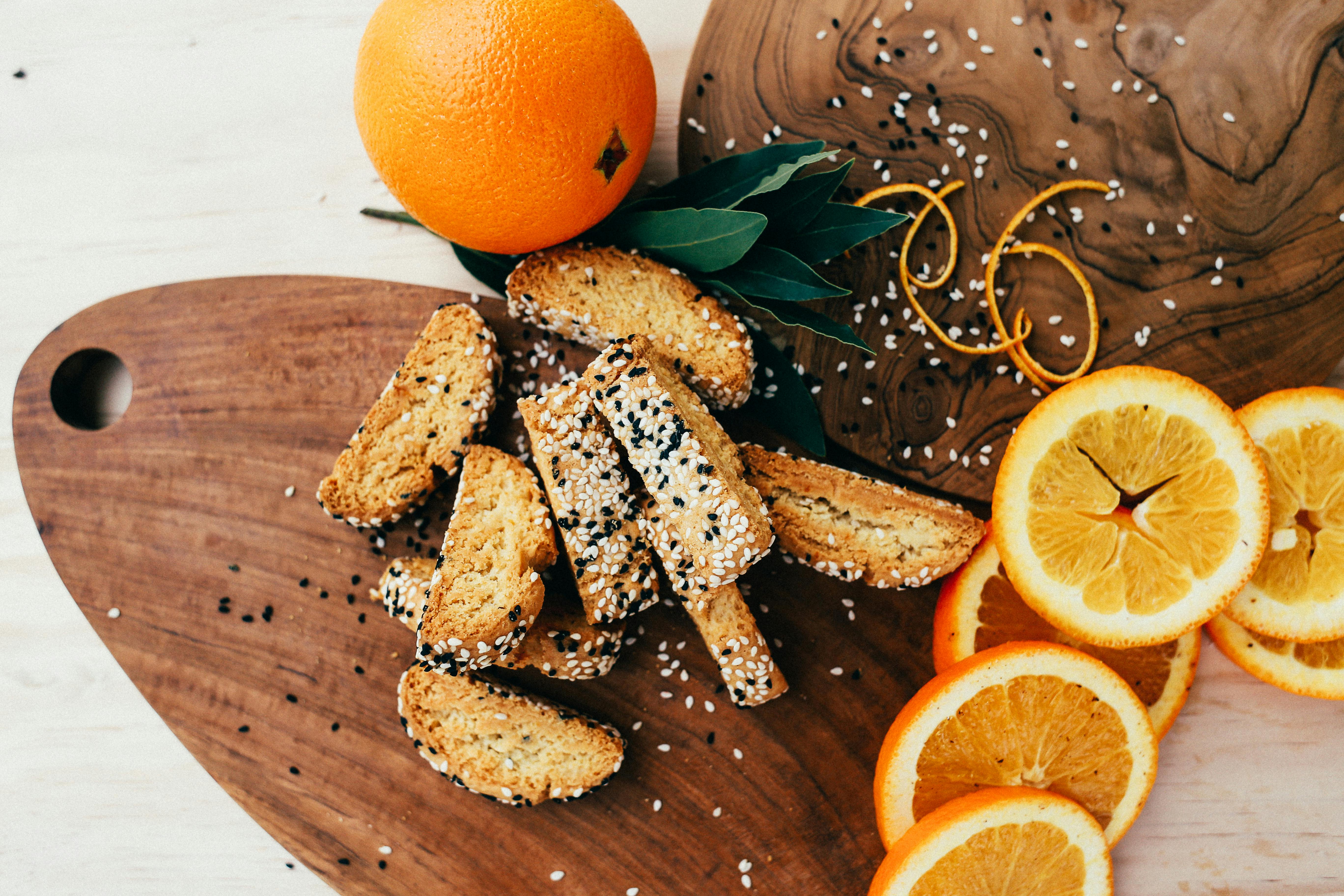Smart Ways to Smoke a Turkey at 250°F for Perfect Flavor
Smoking a turkey is an age-old culinary tradition that brings rich flavors and an impressive presentation to your holiday table. The process of smoking turkey at 250°F is ideal for infusing deep flavors while ensuring the meat remains tender and juicy. By understanding optimal temperatures, brining techniques, and smoking methods, you can achieve a mouthwatering result that will leave your guests raving.
This article will guide you through the essentials of smoking a turkey, including timing, temperature control, flavor enhancement methods, and safety tips. Whether you are a first-time smoker or looking to refine your skills, these smart strategies will elevate your turkey smoking game.
Key takeaways include optimal temperatures, best woods for smoking, essential cooking techniques, and practical turkey prep methods that promise delicious outcomes. Let’s dive in!
Essential Techniques for Smoking a Turkey
Before you embark on smoking a turkey, it’s vital to understand the various techniques that can enhance flavor and tenderness. Smoking a turkey at 250°F is a balance of heat and time, and knowing how to prep your turkey correctly can make all the difference.
Brining Turkey for Smoking
Brining your turkey is one of the best ways to enhance its flavor and moisture retention during the smoking process. A brine solution typically consists of water, salt, and can include a variety of herbs and spices. The turkey absorbs the brine, which helps to keep the meat juicy and flavorful during the cooking process.
To effectively brine your turkey, follow these steps:
- Mix a brine solution of 1 cup of kosher salt per gallon of water.
- Add sugar, herbs, spices, and optional aromatics like garlic for added flavor.
- Submerge the turkey in the brine for at least 12 hours, but ideally 24 hours to maximize flavor absorption.
Remember that brining not only impacts flavor but also helps to create a smoky crust on your turkey, elevating its presentation and taste.
Choosing the Right Wood for Smoking
The choice of wood plays a crucial role in the flavor profile of your smoked turkey. Different woods impart different flavors, so it’s essential to select the right wood for your desired taste outcome.
Here are some popular options:
- Hickory: A robust flavor, ideal for those who appreciate a strong smokey taste.
- Applewood: A milder option that adds a sweet, fruity flavor, perfect for enhancing turkey.
- Pecan: Offers a rich, buttery flavor that pairs well with the rich meat of turkey.
Consider experimenting with wood combinations for a unique flavor experience, contributing to an exceptional smoked turkey.
Timing Your Smoked Turkey
Understanding turkey smoking time is crucial for achieving that perfect doneness. Generally, when smoking a turkey at 250°F, the cooking time ranges from 30 to 40 minutes per pound. For example, a 12-pound turkey will take approximately 6 to 8 hours to smoke.
Using a meat thermometer is essential to determine the turkey’s doneness. The USDA recommends that the internal temperature of the turkey reaches at least 165°F in the thickest part of the breast and thighs. Investing in a quality thermometer ensures accurate readings and prevents undercooking.
Preparing Your Turkey for Smoking
Once you're equipped with the knowledge of brining, wood selection, and timing, it’s time to prepare your turkey for smoking. Proper preparation is key to ensuring an enjoyable and flavorful experience.
Turkey Prep Checklist
Begin by ensuring your turkey is completely thawed and cleaned. Remove the giblets and neck for added space within the cavity. Rinse the turkey thoroughly and pat it dry with paper towels. A dry skin is essential for achieving crispy skin while smoking.
Next, consider injecting the turkey with a marinade. This method enhances flavor deep within the meat, contributing to a juicier result. Choose a marinade with complementary flavors, such as citrus juices, herbs, and spices.
Applying a Rub for Smoked Turkey
Applying a rub is another way to layer flavor on your turkey. A good dry rub combines spices, herbs, and sugars, creating a crispy exterior and enhancing the overall taste. Here’s a simple rub recipe:
- 2 tablespoons of sugar
- 1 tablespoon of paprika
- 1 tablespoon of garlic powder
- 1 tablespoon of onion powder
- Salt and pepper to taste
Apply the rub generously over the entire turkey, massaging it into the skin and meat. Allow the turkey to rest with the rub for at least an hour—or overnight for maximum flavor absorption.
Understanding Temperature Management
Maintaining the right temperature in your smoker is crucial for achieving that perfect smoke on your turkey. Utilize a combination of vents to manage airflow and maintain consistent temperatures. Monitoring the smoker’s internal temperature ensures it stays around 250°F, which is ideal for low-and-slow cooking.
Using a remote thermometer can help you keep an eye on your turkey's internal temperature without constantly opening the smoker, which can lead to heat loss.
Smoking Turkey Secrets for Success
Now that you're prepped, let's look at some essential tips and tricks that can help you smoke your turkey successfully and safely.
Pre-Smoking Setup
Before placing your turkey in the smoker, prepare it thoroughly. Ensure your smoker is preheated to 250°F, and if using wood chips, soak them in water for at least 30 minutes before adding them to the smoker. This soaking process allows for a longer burn, producing a consistent smoke.
Position your turkey breast side up for the best cooking results. If desired, you can also smoke the turkey breast side down; however, this method may yield less crispy skin but keep the breast meat moist.
Optimal Resting Periods Post-Smoking
Resting your smoked turkey is crucial. After successfully smoking your turkey, let it rest for at least 30 minutes before carving. This resting period allows the juices to redistribute, making for a more tender and juicy turkey.
Cover the turkey loosely with foil during its resting period to keep it warm but avoid trapping all the steam, which could make the skin soggy.
Reheating Smoked Turkey
If you prepare ahead and need to reheat your smoked turkey, keep it tender by reheating slowly at a low temperature. Aim for 250°F to avoid drying it out. Use a meat thermometer to ensure it reaches an internal temperature of 165°F before serving.
Common Issues and Troubleshooting Tips
Even the best turkey smokers can encounter issues. Understanding potential problems and their solutions can keep you on track for a successful smoking experience.
Common Mistakes in Smoking Turkey
A frequent error is not allowing enough time for the turkey to smoke. Always factor in additional time beyond what you estimate; this will alleviate any stress related to timing. Undercooking is another common pitfall. Trusting your thermometer will help you avoid this issue and achieve perfect doneness.
Flavor Enhancements During Smoking
Adding ingredients like herbs and citrus to the cavity of your turkey can enhance flavor significantly. Consider stuffing the turkey with aromatics like rosemary, thyme, or orange slices for an added zest during smoking, which results in a more flavorful meal.
Maintaining Smoke Levels
Lastly, managing the smoke levels is crucial; avoid over-smoking which can result in a bitter taste. Monitor your wood consumption and adjust your logs or chips accordingly. If using a gas burner, be mindful of the flame adjustments necessary to keep the wood smoking consistently.
Frequently Asked Questions
How long to smoke a turkey at 250°F?
Typically, it takes about 30 to 40 minutes per pound of turkey. A 12-pound turkey generally takes around 6-8 hours to cook fully.
What is the best wood for smoking turkey?
Applewood, hickory, and pecan are fantastic options for imparting unique flavors to your turkey.
Should I brine or rub my turkey before smoking?
Both methods work well, but brining will yield a juicier turkey. Using a rub enhances the flavor, creating a savory crust.
How do I ensure my turkey is cooked properly?
Use a meat thermometer to monitor the internal temperature, aiming for at least 165°F in the thickest parts of the turkey.
What should I do after smoking my turkey?
Let the turkey rest for at least 30 minutes before carving and serving. This allows the juices to redistribute for a more flavorful and moist experience.


